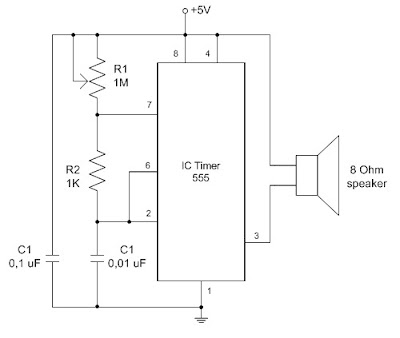

Based on the Novachord’s oscillator and divider circuits, the Solovox with its 18 vacuum tubes was a small monophonic keyboard instrument attached beneath a piano keyboard and intended to augment it with organ-type lead voices. The Solovox, manufactured by Hammond between 19, was another classic instrument of the era. Today, fewer than 200 Novachords exist, and it is said that only five remain in operation.

It was also prominently featured in film soundtracks including the intermission for “Gone With the Wind” and in the scores of “Rebecca,” “The Maltese Falcon,” and “The Ten Commandments.” But it is best remembered for its otherworldly sound as heard in horror and sci-fi genre productions such as “Cat People,” “The Beast From 20,000 Fathoms,” “20 Million Miles to Earth,” and “The Gorgon.” On television, the Novachord remained a favorite of composers including Jerry Goldsmith and Harry Lubin in their work for The Twilight Zone and The Outer Limits, respectively. Nevertheless, the instrument was used for decades on many notable era recordings, such as We’ll Meet Again by Vera Lynn and Brother Bones’s Sweet Georgia Brown. Production stopped in 1942 because of poor sales and parts shortages during the Second World War, with Hammond only manufacturing around 1,000 Novachords. In addition, the numerous vacuum tubes were unstable, making the 500-pound instrument challenging to maintain. Although it resembled a standard organ at a glance, the front panel controls were not well-suited to the performance techniques of organists or pianists of the period. These now-familiar methods resemble designs adopted decades later in Moog and ARP polyphonic synthesizers.ĭespite its historical importance, the Novachord did not enjoy commercial success. The Novachord’s architecture predicted the ADSR envelope, utilized a resonant band-pass filter, and included a vibrato unit.
#Tonegenerator two tones with pause full
Its divide-down oscillator architecture combined full 72-key polyphony with an early version of analog subtractive synthesis. Manufactured by the Hammond company from 1939 to 1942 and debuting at the World’s Fair, the Novachord contained 163 vacuum tubes and over 1,000 custom capacitors.


 0 kommentar(er)
0 kommentar(er)
